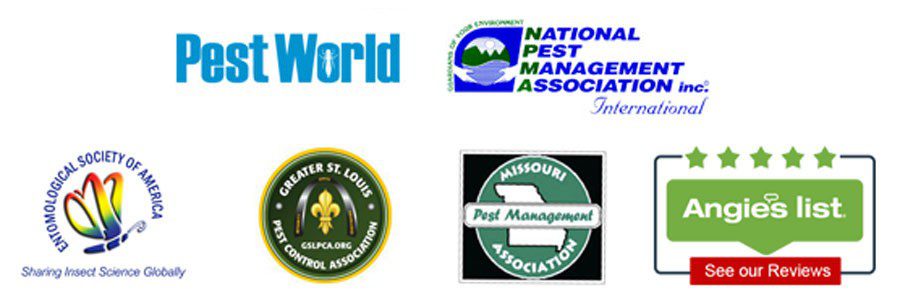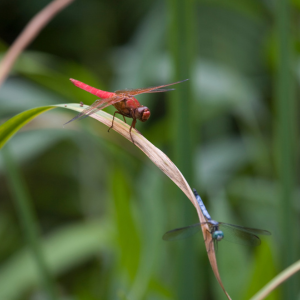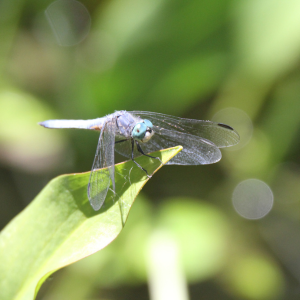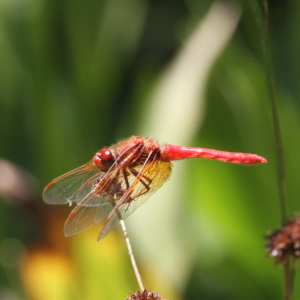Dragon Flies
Introduction to
Dragonflies, belonging to the order Odonata, are remarkable flying insects known for their agility and striking appearance. With over 5,000 species worldwide, these insects are vital predators in many ecosystems, controlling populations of mosquitoes, flies, and other small insects. Dragonflies are commonly found near water bodies such as ponds, lakes, and streams, where they spend the early stages of their life cycle. Understanding their biology, behavior, and ecological significance is essential for appreciating their role in biodiversity and maintaining healthy aquatic ecosystems. This article will explore the recognition, biology, habits, prevention, and when professional services may be necessary for dragonfly management.
Recognition
Dragonflies are easily recognized by their long, slender bodies, large multifaceted eyes, and two pairs of powerful, transparent wings that operate independently. Their coloration varies among species, ranging from metallic blues and greens to bright reds and yellows. Adult dragonflies typically measure between 1.5 to 4 inches in length. Unlike damselflies, dragonflies rest with their wings spread horizontally. They are swift fliers, capable of hovering, gliding, and darting at high speeds. Their nymphs, or larvae, are aquatic and have elongated, robust bodies equipped with extendable jaws to capture prey. Spotting dragonflies near water and observing their rapid flight patterns are key indicators of their presence.
Biology
Dragonflies undergo incomplete metamorphosis, transitioning from egg to nymph and finally to adult. Females lay eggs in or near water, where the nymphs hatch and spend several months to years in their aquatic stage, depending on the species. Dragonfly nymphs are voracious predators, feeding on mosquito larvae, small fish, and other aquatic invertebrates. After molting multiple times, the nymph crawls out of the water and emerges as an adult in a final metamorphosis. Adult dragonflies live for a few months, during which they focus on feeding and reproduction. Their life cycle plays a significant role in controlling pest populations, particularly mosquitoes, both in water and air.
Habits
Dragonflies are diurnal and thrive in sunny environments. They prefer habitats close to water, as they need aquatic environments for breeding. Adults spend much of their time patrolling territories, hunting flying insects, or basking in the sun to maintain body temperature. Dragonflies are carnivorous and use their sharp mandibles to capture and eat mosquitoes, flies, and other small insects mid-flight. They are most active during the warmer months and are particularly beneficial in reducing mosquito populations. Dragonfly behavior is influenced by environmental factors such as temperature, light, and the availability of prey.
Prevention
Dragonflies are generally beneficial and rarely require prevention or control measures. However, maintaining a balanced ecosystem by reducing pollutants and ensuring clean water bodies supports healthy dragonfly populations. If necessary, minor adjustments such as limiting stagnant water can deter unwanted congregations of dragonfly nymphs. Gardeners and homeowners can also attract dragonflies by creating water features with aquatic plants. Reducing the use of pesticides helps dragonflies thrive since chemicals can harm both adult and nymph stages. Maintaining an environment conducive to their natural predators, such as birds and frogs, can also aid in population management.
Professional
In rare instances where dragonflies pose a nuisance, such as swarming near residential areas, professional pest control services can provide effective solutions. Pest management companies use environmentally friendly approaches to reduce dragonfly activity without harming the surrounding ecosystem. This might include habitat modifications and the application of natural repellents. Professionals can also assess nearby water sources for potential breeding hotspots and recommend strategies to balance insect populations. Engaging professionals ensures that any interventions are aligned with ecological conservation principles, preserving the important role dragonflies play in the environment.



Our Office









